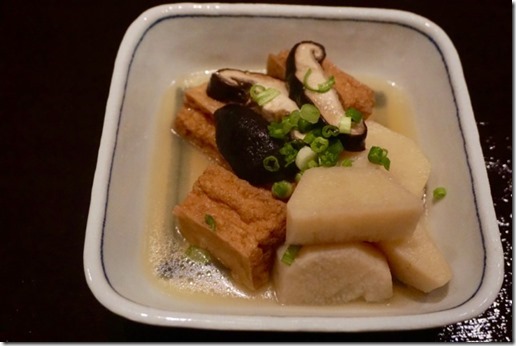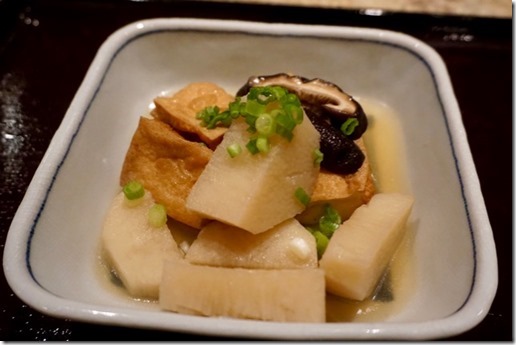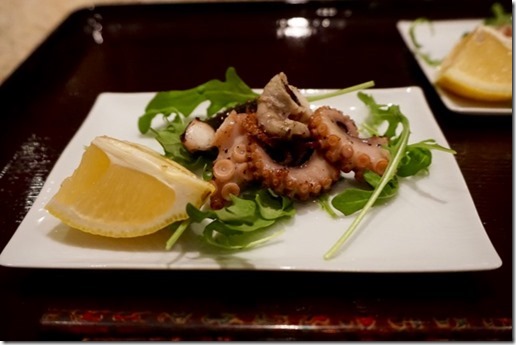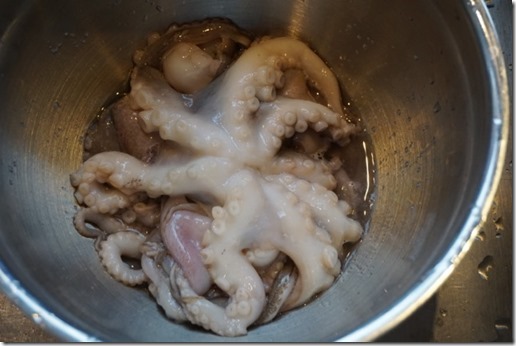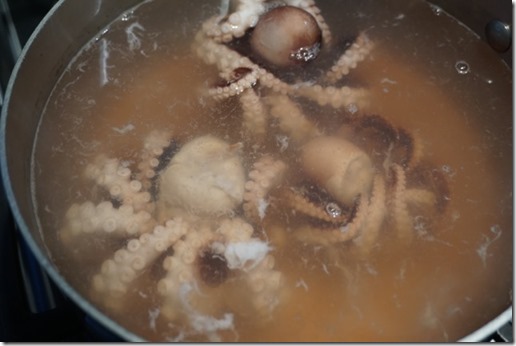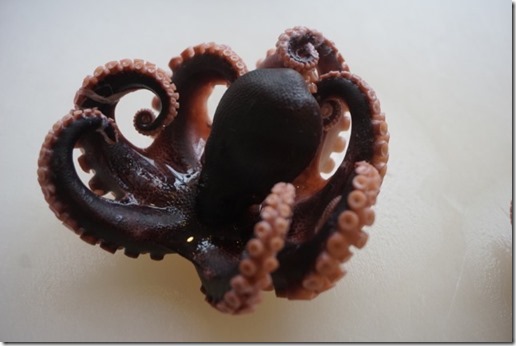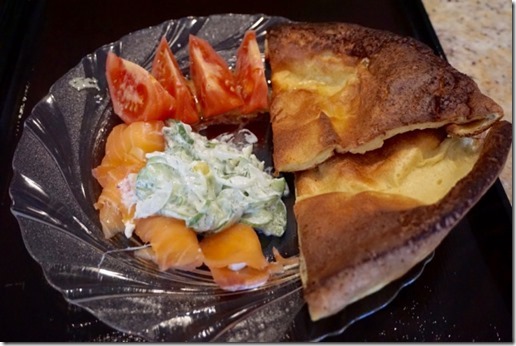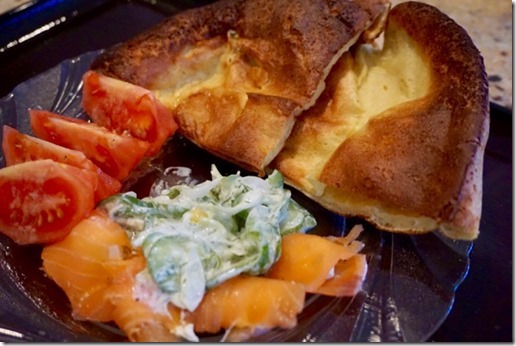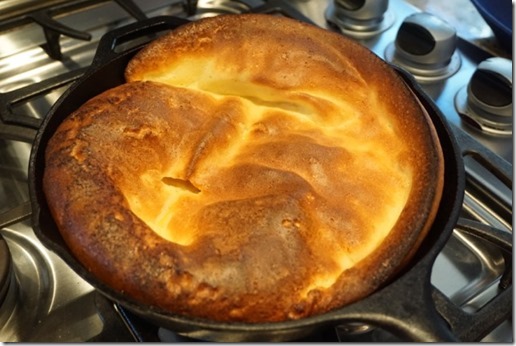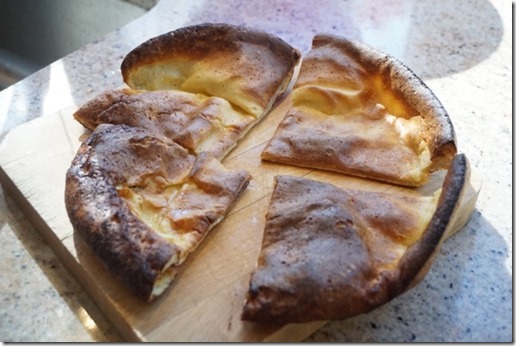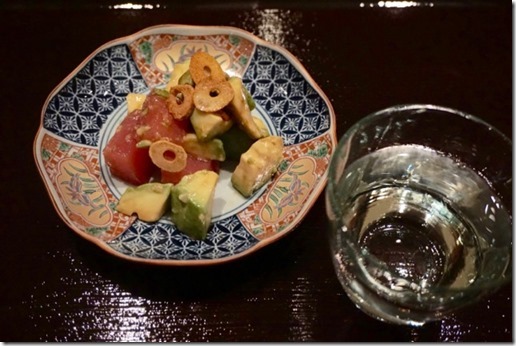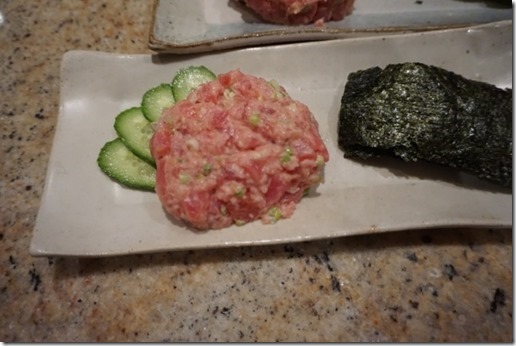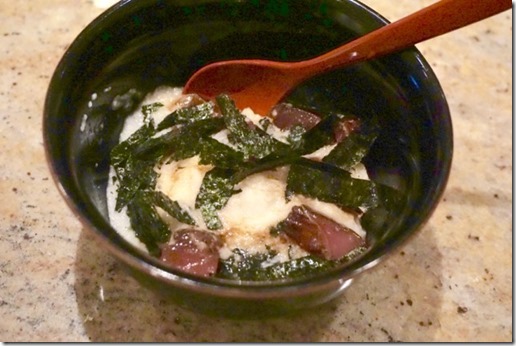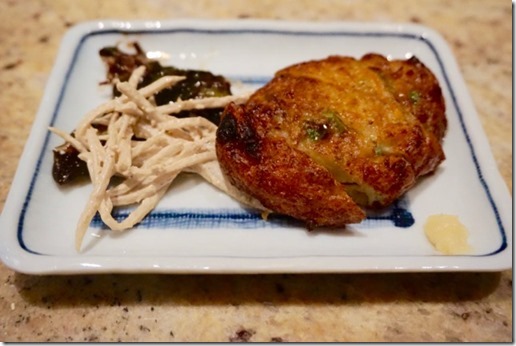Last time I posted
ramen noodle ラーメン, I promised that it would be the last post on ramen but I lied. We only rarely eat ramen noodles and, by no means, we are
aficionados (Japanese expression would be ramen-
otaku ラーメンオタク, which sounds a bit more sinister), not even close. For that matter, usually neither of us can finish one traditional Japanese sized serving of ramen and end up splitting the package of noodles between the two of us. The last several times I made ramen was when my mother sent me a box of ramen noodles from
Nishiyama seimen 西山製麺 in Sapporo 札幌.
This time, my excuse for posting another ramen is that recently at my Japanese grocery store I found frozen ramen noodles which are made in US . This company called
Sun Noodle appears to have originated in Hiro, Hawaii by a Japanese American who was born there. They have facilities in other locations including Los Angeles and New Jersey. They also run
a pop up ramen restaurant in New York and give
ramen classes. Besides specialty retail stores, they provide ramen noodles to restaurants and appear to be very dedicated to introducing authentic ramen noodles to Americans. I was curious about how good these noodles would taste. This particularly package came with seasoning packets. I chose a classic "shoyu" or soy sauce flavor.
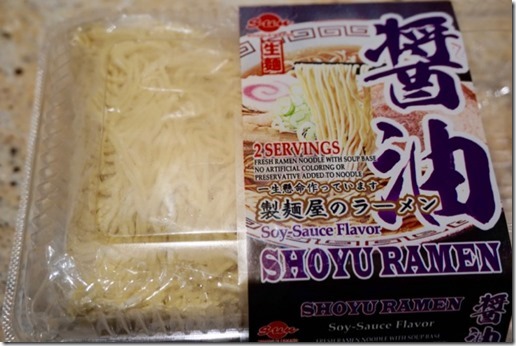
I divided up one serving of the noodles into two and made two half ramens or "han-ramen" 半ラーメン.

I made sort of classic ramen toppings with roasted pork チャーシュー, seasoned bamboo shoot or
menma めんま, seasoned soft boiled egg or "
ajitsuke tamago" 味付け玉子, nori and chopped scallion.

Of course, I used
pasteurized eggs for this.
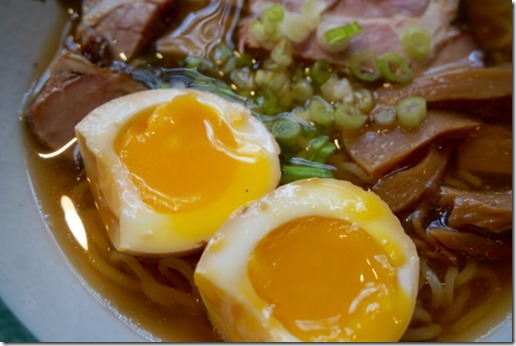
Some years ago, we bought
sporks, a hybrid fork and soup spoon designed specifically to eat ramen in chain noodle restaurants called "
Sugakiya", from the
museum store of MOMA . I got the sporks out since I remembered that we had them. This spork is very awkward to use and we switched to chop sticks. Good idea but not really practical.
 Toppings
Toppings:
Pork: This was re-purposed left-over barbecued pork. The weekend before we
barbecued pork loin on our Weber grill. It was hot smoked and seasoned with salt, black pepper and fresh rosemary. Since I had a one inch thick end piece left, I decided to make it into a ramen topping. I had left over clear soup which was based on broth made from a "Dashi pack" with dried bonito and kelp. I reused this soup by adding more mirin, soy sauce, and sake. I also added one star anise and slices of ginger. I made this simmering sauce rather strong. I then simmered the barbecued pork in it for 30 minutes. I let it cool down to room temperature and placed it in the refrigerator. Just before serving, I sliced it to make 4 good sized portions (2 per person).
Seasoned eggs: I made two soft boiled eggs (7 minutes in simmering water) using
pasteurized shell eggs. I peeled the shell and placed the shelled egg in the simmering sauce I used for the pork (above). I placed it in the refrigerator and marinated overnight.
Seasoned bamboo shoot: I just used a commercial product that came in a jar which I bought at the Japanese grocery store when I got the ramen noodles.
Ramen Broth: I made broth from a dashi pack which contained dried fish (bonito, sardine, kelp). I made it rather strong. I had a choice of adding the pork simmering sauce I made or the seasoning packet that came with the noodles. Since this exercise was to see how good these US made ramen were, I added the seasoning packet to the broth. I did not add the entire package at once but in increments as I tasted it. I used about 70%. This made a rather classic shoyu ramen broth. With my strong fish based broth, it had a clean classic taste.
Ramen noodles: I followed the instruction on the package. After I thawed the noodles, I boiled the them but rather than timing it, I checked the doneness as I cooked the noodle. Some ramen fans really like "hard" or undercooked ramen noodle but we like an properly cooked (just a bit
al dente) noodle. I then drained the noodles and placed them in the ramen broth.
We were quite impressed with the quality of these US made ramen noodles. The noodle was straight (not curly) and had a nice toothyness. I assume they were in the style of "Tokyo straight noodles". The company makes
6 different ramen noodles. The slices of pork were also unexpectedly good despite my impromptu repurposing especially since the slices had more fat than the rest of the loin. The best was the egg. The egg yolk was still runny and the white absorbed the nice flavor of the pork simmering sauce. We were quite satisfied with this ramen.
